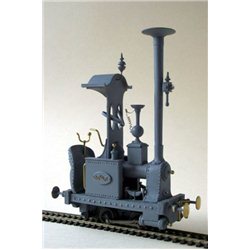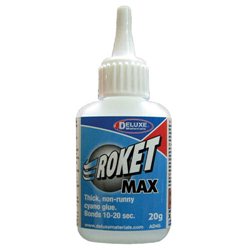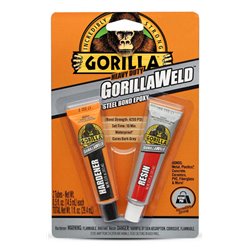Mainline Railways was a British model railway brand that operated between 1976 and 1983, introduced by Palitoy, the...
No products
Product successfully added to your shopping cart
There are 0 items in your cart. There is 1 item in your cart.
Search Tips
Open on Good Friday
The shop will be open on Friday 18th April.
Bring us some chocolate!
What is a resin kit?
A resin kit is made from a liquid synthetic polyurethane resin, which is poured into a mould. Once it has set, the hardened model is removed from the mould revealing the model or model parts.
In my experience there is a bit more flash with resin kits but overall there is not much difference between the two, the detail is just the same, the painting is the same so no need for special paints.
Resin is considerably heavier than a conventional plastic kit and is usually used because it allows shorter runs by the manufacturer.
You will require a super glue (cynaoacrylate) or a two part epoxy glue for gluing parts together as plastic cements do not work on resin.
Click here to receive the tips weekly in your mailbox. You can unsubscribe at any time.










